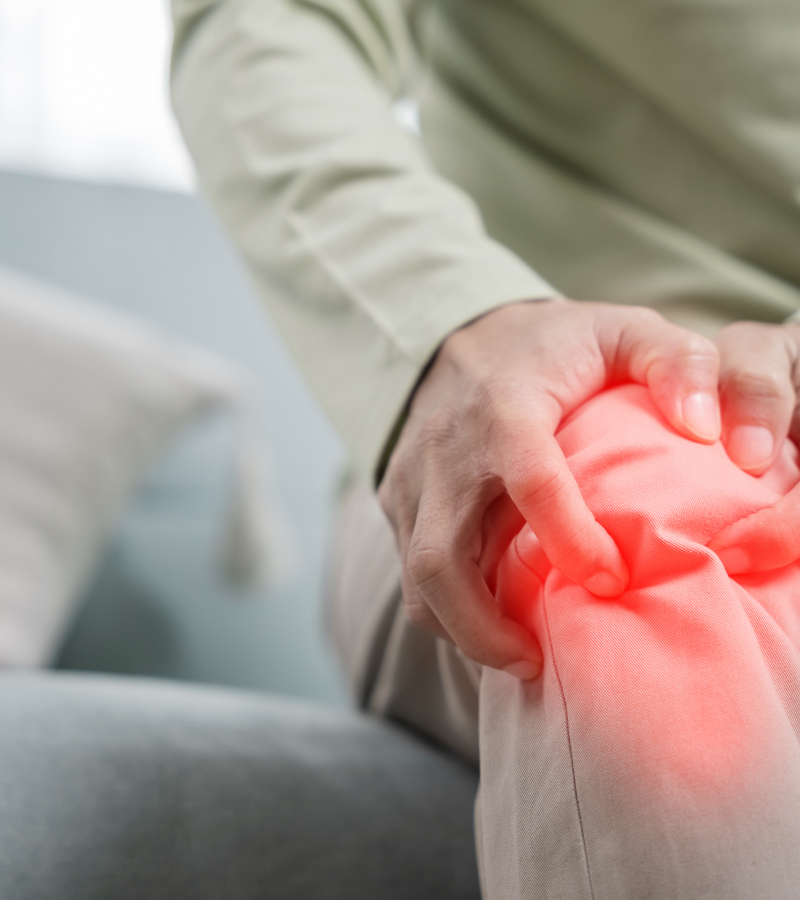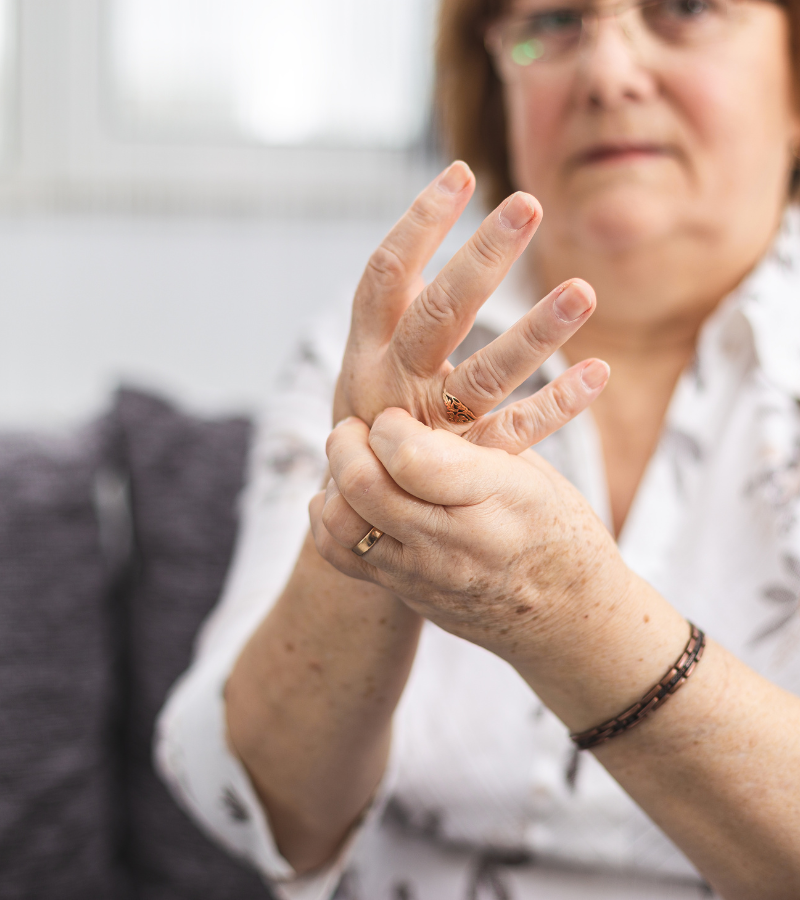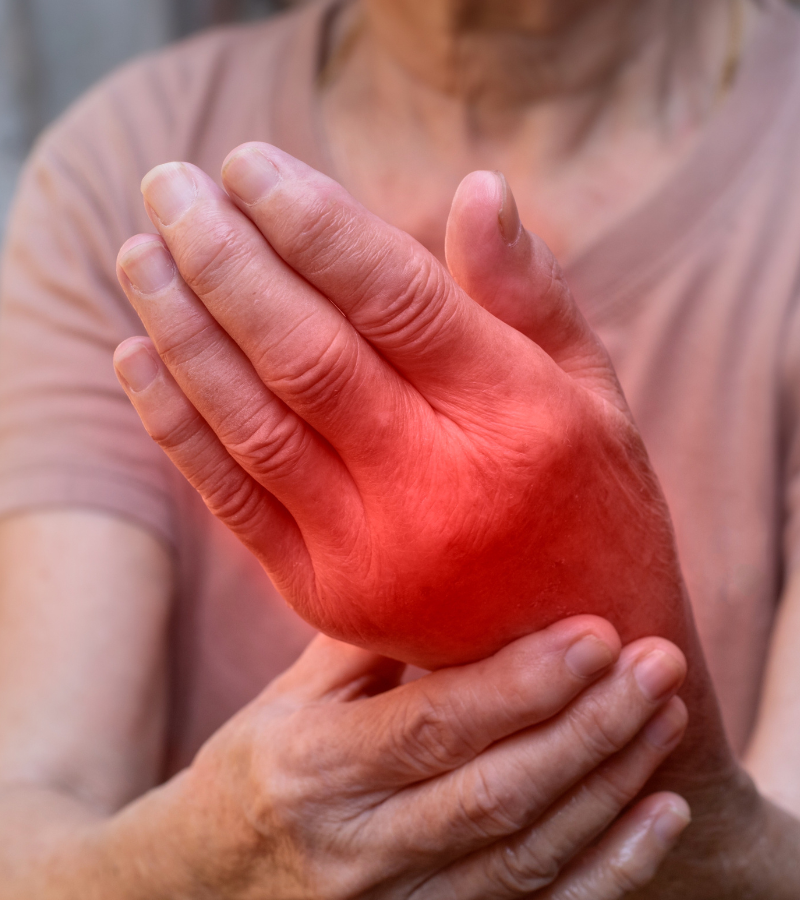Joint Pain & Arthritis
Understanding Osteoarthritis (OA) and Rheumatoid Arthritis (RA)
Osteoarthritis (OA): A Leading Cause of Joint Pain
- Wrists
- Hands
- Hips
- Knees
In the case of Osteoarthritis, also referred to as Degenerative Disc Disease (DDD) or DJD when found in the spine, joint pain occurs due to the breakdown of cartilage. This cartilage acts as a cushion and shock absorber between the bones, and when it wears away, bones begin to rub against each other, causing pain and stiffness.
Don’t Let Joint Pain Control Your Life
If you’re experiencing joint pain or suspect you may have Osteoarthritis or Rheumatoid Arthritis, it’s crucial to seek professional help. At Beyond Health and Wellness, we specialize in providing holistic solutions for managing arthritis symptoms and improving joint health. Contact us today to schedule a consultation and explore treatment options that can help you regain mobility and reduce pain.
Rheumatoid Arthritis or RA
According to the Arthritis Foundation, RA affects about 1.5 million Americans. It more commonly affects women than men.
Rheumatoid arthritis, or RA, is an autoimmune and inflammatory disease, which means that your immune system attacks healthy cells in your body by mistake, causing inflammation (painful swelling) in the affected parts of the body. RA mainly attacks the joints, usually many joints at once
It can deform and debilitate the joints over time. Rheumatoid Arthritis causes pain, inflammation, and fluid buildup in the joints as the body’s immune system attacks the membrane that lines the joints.
Arthralgia: When it’s not Arthritis
In a person with arthralgia, inflammation is either not present or not the underlying cause of the joint pain. This is the main distinction between arthritis and arthralgia, the medical term for common joint pain.
Conditions that can lead to joint pain include complications from previous surgery, advancing age, obesity causing strain on the joints, gout, injuries, tendonitis, decrease in cartilage, tendon tears, post surgical syndrome, repetitive motion injuries, disease process…
The list is long and it can become a serious issue if not managed properly. Further injury or addiction to painkillers are common side effects when joint pain is not addressed by a provider with a comprehensive history of treating patients with this kind of pain.
Course of Treatment
Western Medicine will turn towards painkillers like Non-steroidal anti-inflammatory drugs (NSAIDs), cortisone injections, topical pain medications to “treat” the pain and inflammation… These avenues simply manage the symptoms, not help resolve the source of your pain.



